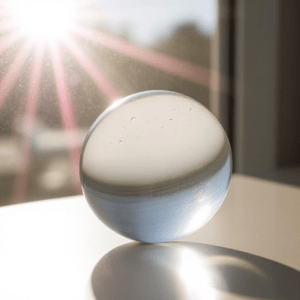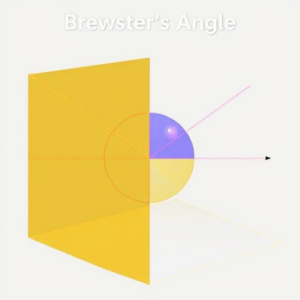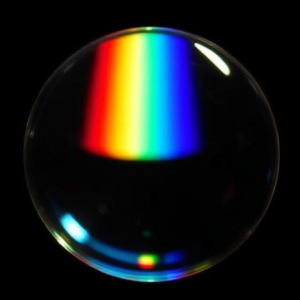Transmission, Absorption, and Reflection of light are the three main ways light interacts with different materials.
1. Transmission of Light
- What it is: Transmission happens when light passes through a material without being absorbed or reflected. Think of it as light “going through” something.
- Example: If you hold a piece of clear glass or a transparent plastic in front of you, you’ll notice that you can see through it. This is because light is transmitted through the glass.
- How it works: The light travels through the material, but it doesn’t get absorbed by it. The material might change the direction of the light slightly (like bending it), but it still passes through.
- Use in everyday life: This is why windows, lenses, and water are transparent—they allow light to pass through them. Materials that transmit light well are usually called transparent (like clear glass) or translucent (like frosted glass, where some light passes through but it’s blurred).

2. Absorption of Light
- What it is: Absorption occurs when light hits a material and the energy of the light is taken in by the material, usually turning into heat. It’s like the material “soaks up” the light.
- Example: Think of how a black shirt feels hotter than a white shirt on a sunny day. The black shirt absorbs more light, turning it into heat energy.
- How it works: When light strikes a surface, it can be absorbed by the material, depending on the color, texture, and type of material. This absorbed light energy is often converted into heat, causing the material to get warmer.
- Use in everyday life: This is why dark-colored surfaces (like asphalt or dark clothes) absorb more light and feel hotter in the sun. Materials that absorb light well are called opaque (they don’t let light pass through), like dark curtains or the bottom of a pot.
3. Reflection of Light
- What it is: Reflection happens when light bounces off a surface instead of passing through or being absorbed by it.
- Example: When you look into a mirror, the light from your face hits the mirror and bounces back to your eyes. That’s reflection at work!
- How it works: Light waves hit a surface and bounce back at an angle, following the rule: “The angle of incidence equals the angle of reflection.” This means the angle at which light hits a surface is the same as the angle at which it bounces off.
- Use in everyday life: Mirrors, water surfaces, and shiny objects reflect light. This is why you can see yourself in a mirror or why you can sometimes see the reflection of buildings on a shiny car surface.
How These Interactions Are Important:
- Transmission: Materials like windows, lenses, and clear plastic allow light to pass through, which is important for things like vision, photography, and optics.
- Absorption: Absorption is useful in heating things up. Solar panels, for example, absorb sunlight and convert it into energy. Similarly, darker materials absorb more heat.
- Reflection: Reflection helps us see things (like mirrors or reflective surfaces), and it’s also important in tools like telescopes, which use mirrors to focus light from distant objects.
Summary:
- Transmission is when light passes through a material.
- Absorption is when a material takes in light and turns it into heat.
- Reflection is when light bounces off a surface.
Each of these interactions plays an important role in how we experience and use light in everyday life











